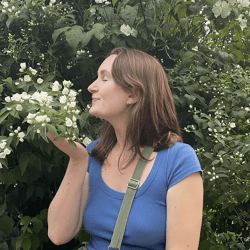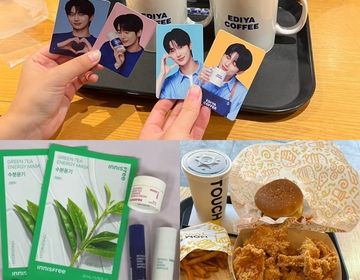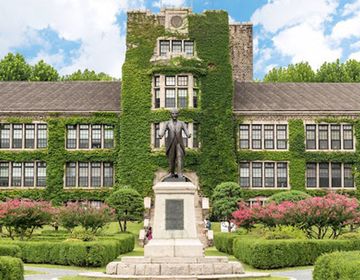A Weekend in Jeonju: Hanoks, Tea Houses, and Hanji
My mom is visiting this week, and for the weekend, we decided to take a trip outside Seoul to see one of the biggest hanok villages in Korea, located in Jeonju!
We woke up early Saturday morning and hurried off to Central City Express Bus Terminal. We arrived at the terminal at 7:30 AM, walked up to the ticket kiosks, and purchased tickets for the 10:00 AM bus to Jeonju. Unless you have a Korean phone number and bank account, you will not be able to purchase tickets online. You can purchase them in person on the day of travel, but make sure to arrive at the terminal early before tickets sell out.
About two hours later, we were en route to Jeonju, excitedly watching the passing towns and cities through the bus window.
We arrived at Jeonju Express Bus Terminal around 1:15 PM and made our way to our hotel, following a riverside walking path and wandering through back streets.
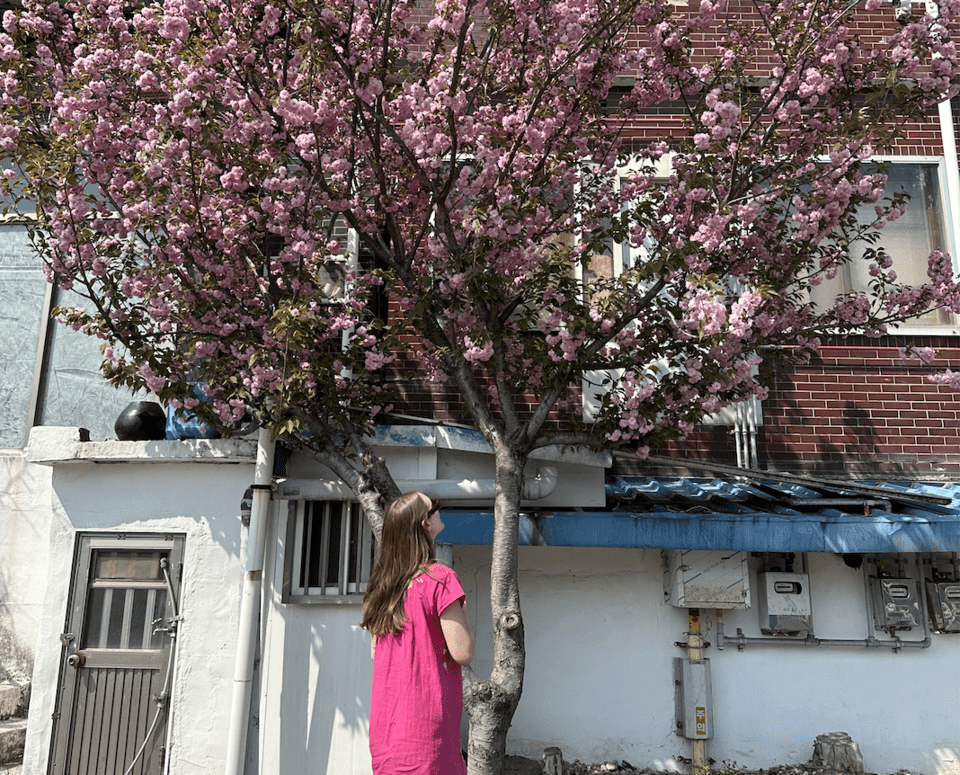
On our walk, we found a Kwanzan cherry tree in full bloom, and I’m pretty sure I screamed when I saw it. At my university in the US, there’s a Kwanzan cherry tree in front of the local coffee shop, and seeing it here reminded me so much of home (even though it’s native to Korea, not to the US). Of course, we had to stop to take lots of pictures.
After dropping off our bags at the hotel, we spent the afternoon in Jeonju Hanok Village. We walked around without any specific destinations in mind and, about thirty minutes before sunset, reached Jeonmang Cafe, a rooftop cafe with a beautiful view of the village.
The cafe had opened its windows, letting in the spring breeze. We sat with some hot tea and gazed out at the sun sinking below the mountains on the horizon.
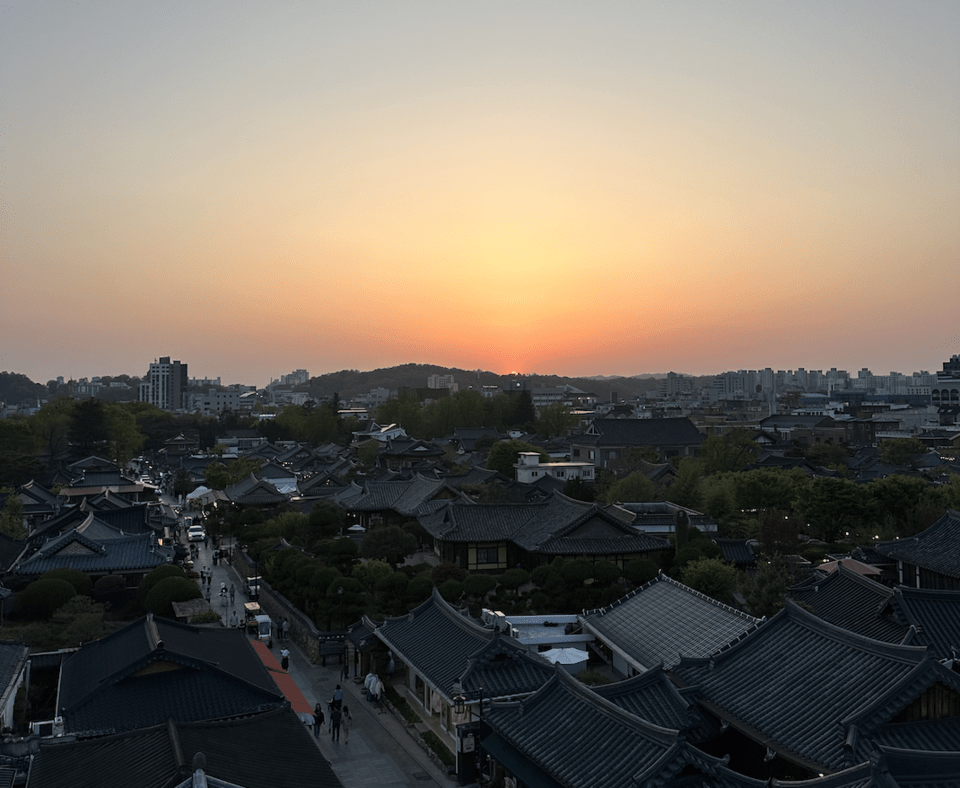
After the sun had fully set, we walked back into the village for a dinner of bibimbap, makgeolli, and way too much banchan (Korean side dishes) to eat. Jeonju is known for its bibimbap, so make sure to try it at least once while you visit.
The next morning, we headed back to the hanok village to Kyodong Dawon, a traditional tea house that was highest on my list of places to visit in the city.
Tucked away in a back alley, the tea house was an immediate escape from the bustling crowds on the main streets. We entered into a secluded courtyard, took off our shoes, and walked through the sliding glass doors into the beautiful hanok.
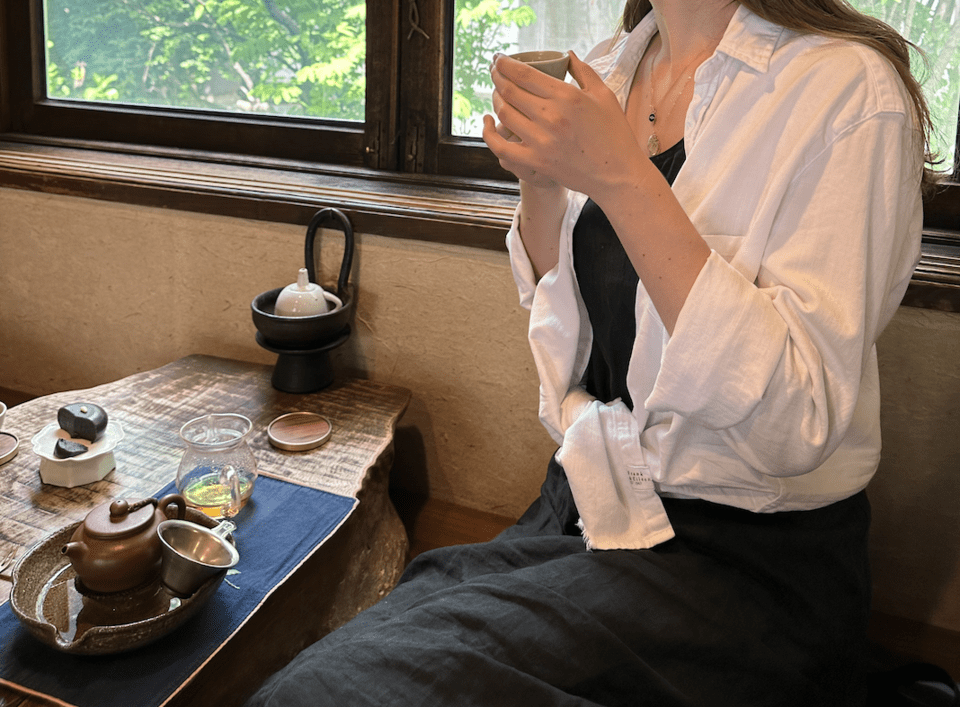
We spent the next hour or so drinking golden tea and eating black sesame-flavored yanggaeng, a traditional Korean sweet made of red beans.
Leaving the tea house in search of a real meal, we made our way to Veteran Kalguksu. We walked into what we initially thought was a tiny restaurant but were immediately herded to two huge rooms in the back of the building with every table occupied. We finally found an empty table and sat down to what became one of my favorite meals I’ve had in Korea so far!
Veteran is the type of no nonsense restaurant that only has five menu items, but they do those five dishes extremely well. You sit down, order, eat, and leave with no lingering allowed.
I ordered the kalguksu, which is served Jeolla-style in a rich egg-y broth full of spices and some sort of nut or seed. It was so delicious and so different from the style of kalguksu served in Seoul. Definitely a must-try in Jeonju.
After lunch, we walked to Gyeonggijeon Shrine, home of the royal portrait of King Taejo, the first king of the Joseon dynasty.
We then went off to find some souvenirs to bring home to the family. At the end of our search, our hands were filled with bags of hand-carved dojang (Korean stamps), handmade pottery bought from the artisan herself, and hanji (Korean mulberry paper).
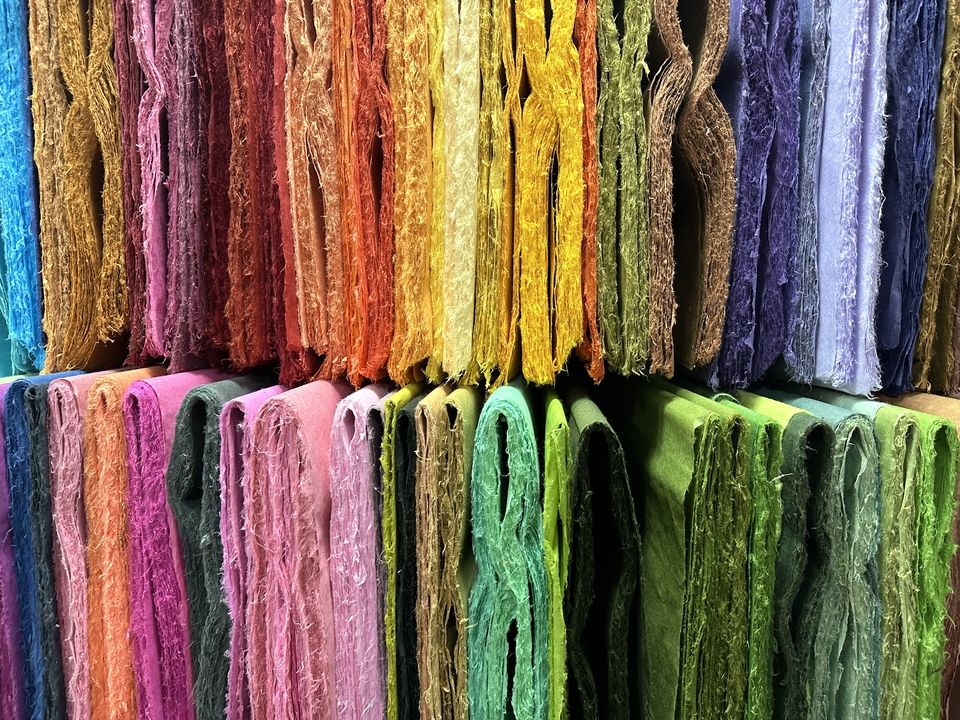
Jeonju Jeontong Hanji Workshop, where we purchased our hanji, is hidden in the corner of a quiet back alley. On weekdays, you may get the chance to see artisans making the paper. The day we were there, the artisans were not working, but the shop was open! We sifted through the rows and rows of vividly colored hanji goods. In the end, I bought a blush pink set of letters and envelopes for my grandmother.
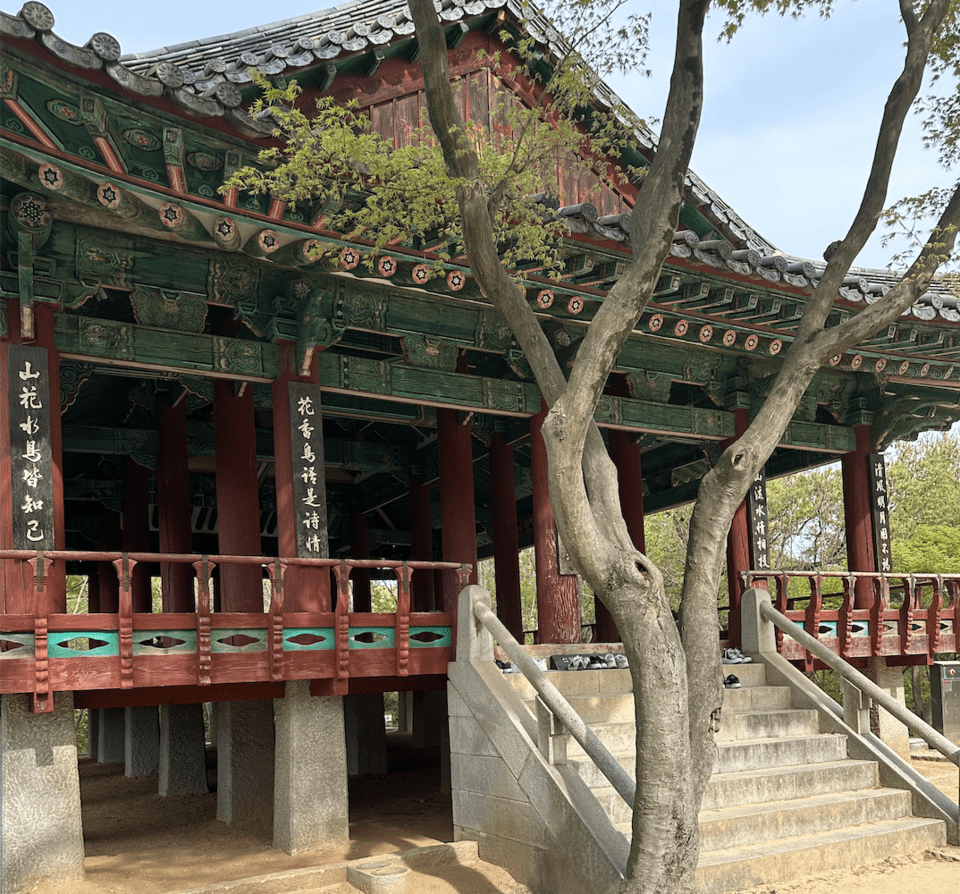
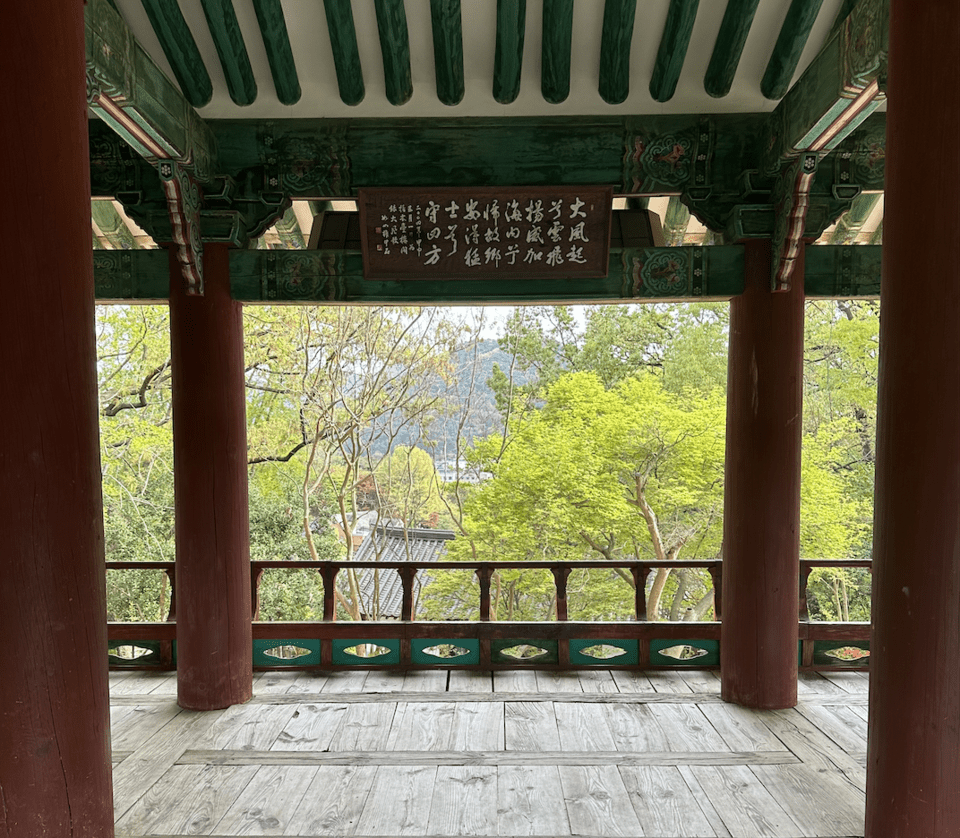
Weighed down by all of our bags, we took a pit stop at Omokdae, a hilltop pavilion surrounded by trees. I could have spent all afternoon there, propped up against one of the pillars with a book, but we had one more stop to make before calling it a day, so we moved on.
We walked to Jeonju Hyanggyo, a historic Confucian school. The grounds were pretty empty, as it was located slightly outside of the main tourist area. We wandered through the complex, mostly admiring the huge ginkgo trees, which were hundreds and hundreds of years old. This would be a beautiful place to visit in the fall after the gingko leaves have turned yellow.
The next morning, we woke up early and took the bus back to Seoul.
Jeonju was more than I could have hoped for! I still have so many spots on my list that I did not get to check off, so I’ll be back one day.
Related Posts
K-Pop Stan’s Guide to South Korea: 5 Must-Do Activities While Studying Abroad
By: Jacqueline Lee South Korea is the place to be as a kpop stan, so here are 5 activity ideas that you must do during your time abroad! 1. Collect... keep reading
Courses at Yonsei University—Difficulty, Planning & Advice!
If you're curious about the difficulty of college courses in South Korea, as well as course planning and advice, then this article is for you. In this blog, I delve into my courses at Yonsei University and offer helpful advice for course planning—tune in to learn more!
Fitting in with locals when you can’t speak the language
By: Raphael Li Coming to Seoul, there are so many different experiences you can have even as an exchange student. Some people make only exchange/international friends. Some students make many... keep reading

